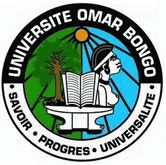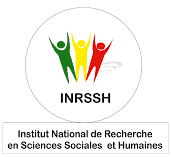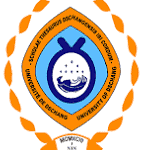The Climate and Meteorology Observatory aims to address the severe lack of reliable, in-situ meteorological data in the Congo Basin. Despite being one of the Earth’s three major tropical forest regions, the region is among the most poorly monitored in terms of atmospheric observations. This data deficiency impedes accurate regional climate modelling, climate change projections, and the formulation of effective adaptation strategies.
Lead researchers and institutions
The Observatory is co-led by Prof Wilfried Pokam Mba (University of Yaoundé I, Cameroon) and Prof Georges-Noël Longandjo (Institut Supérieur des Techniques Appliquées [ISTA], Kinshasa, DRC), both of whom are IPCC authors, with support from Prof Richard Washington (University of Oxford, UK), a specialist in African climate systems.
The Observatory also includes a PhD student, a post-doctoral researcher and a technician at the University of Yaoundé I; a PhD student, an MSc student, and a technician at ISTA; and a PhD student at Oxford University. To read more about each of the scholarship research projects in the Climate and Meteorology Observatory, click here.
Research objectives
The Climate and Meteorology Observatory will install 30 new automated weather stations across the region (12 in DRC, six in each of Gabon, Cameroon and Republic of Congo), with this local data for rainfall and other metrics needed to make reliable future climate predictions and produce climate adaption plans. During field campaigns in the ‘supersites’ of Lopé in Gabon and Yangambi in DRC, the observatory will deploy LiDAR and weather balloons (radiosondes) to establish why rainfall is so low in the Congo Basin compared to the Amazon and SE Asia. Understanding rainfall and its distribution across the year, and how it may change in the future, is crucial as currently rainfall is close to the minimum threshold needed for forest survival over large areas of the Congo Basin.
The Observatory has three key outputs:
- A new network of automated weather stations and trained scientists to analyse the data from them.
- An assessment of the bias in satellite-derived climate data, and methods to account for any bias.
- An understanding of rainfall formation, and how this may change in the future, to assess impacts on regional agriculture and potential forest die-back (with the Land Cover Observatory).
Links to other observatories
The Climate and Meteorology Observatory will collaborate with the Vegetation, Hydrology, and Land Cover and Land Use Change Observatories on the minimum rainfall threshold for forest survival. With the Socio-Ecology Observatory, the observatory will produce robust participatory science methods for local communities to monitor the weather and climate and participate in the long-term scientific monitoring of the Congo Basin.














